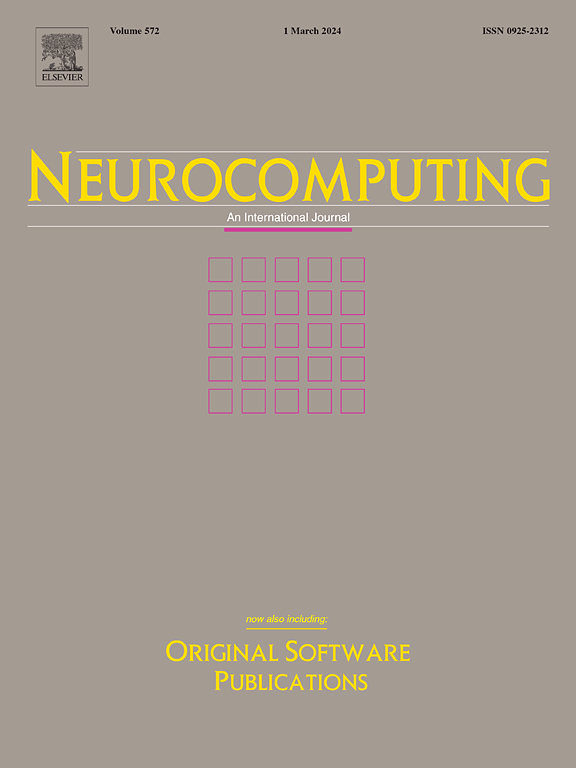Channel pruning for convolutional neural networks using l0-norm constraints
IF 5.5
2区 计算机科学
Q1 COMPUTER SCIENCE, ARTIFICIAL INTELLIGENCE
引用次数: 0
Abstract
Channel pruning can effectively reduce the size and inference time of Convolutional Neural Networks (CNNs). However, existing channel pruning methods still face several issues, including high computational costs, extensive manual intervention, difficulty in hyperparameter tuning, and challenges in directly controlling the sparsity. To address these issues, this paper proposes two channel pruning methods based on -norm sparse optimization: the -norm Pruner and the Automated -norm Pruner. The -norm Pruner formulates the channel pruning problem as a sparse optimization problem involving the -norm and achieves a fast solution through a series of approximations and transformations. Inspired by this solution process, we devise the Zero-Norm (ZN) module, which can autonomously select output channels for each layer based on a predefined global pruning ratio. This approach incurs low computational cost and allows for precise control over the overall pruning ratio. Furthermore, to further enhance the performance of the pruned model, we have developed the Automated -norm Pruner. This method utilizes a Bee Colony Optimization algorithm to adjust the pruning ratio, mitigating the negative impact of manually preset pruning ratios on model performance. Our experiments demonstrate that the proposed pruning methods outperform several state-of-the-art techniques. The source code for our proposed methods is available at: https://github.com/TCCofWANG/l0_prune.
利用 l0-norm 约束对卷积神经网络进行通道修剪
本文章由计算机程序翻译,如有差异,请以英文原文为准。
求助全文
约1分钟内获得全文
求助全文
来源期刊

Neurocomputing
工程技术-计算机:人工智能
CiteScore
13.10
自引率
10.00%
发文量
1382
审稿时长
70 days
期刊介绍:
Neurocomputing publishes articles describing recent fundamental contributions in the field of neurocomputing. Neurocomputing theory, practice and applications are the essential topics being covered.
 求助内容:
求助内容: 应助结果提醒方式:
应助结果提醒方式:


